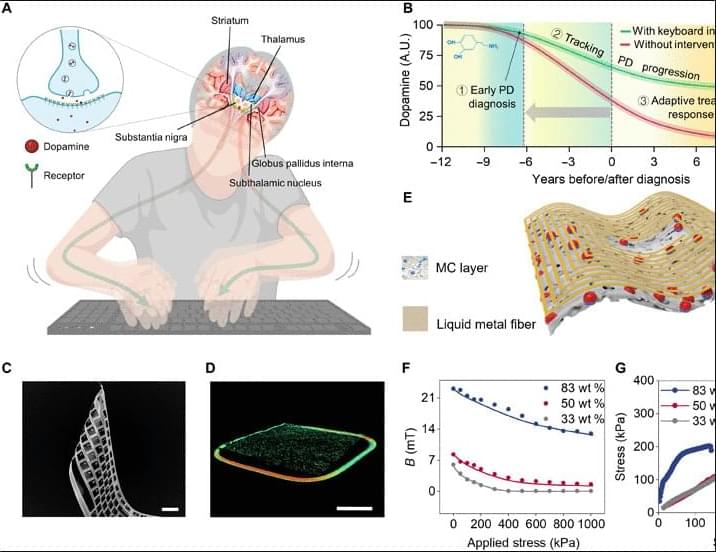Colossal Biosciences has genetically engineered the first dire wolf to live in over 10,000 years. Here’s what that means for other extinct species.
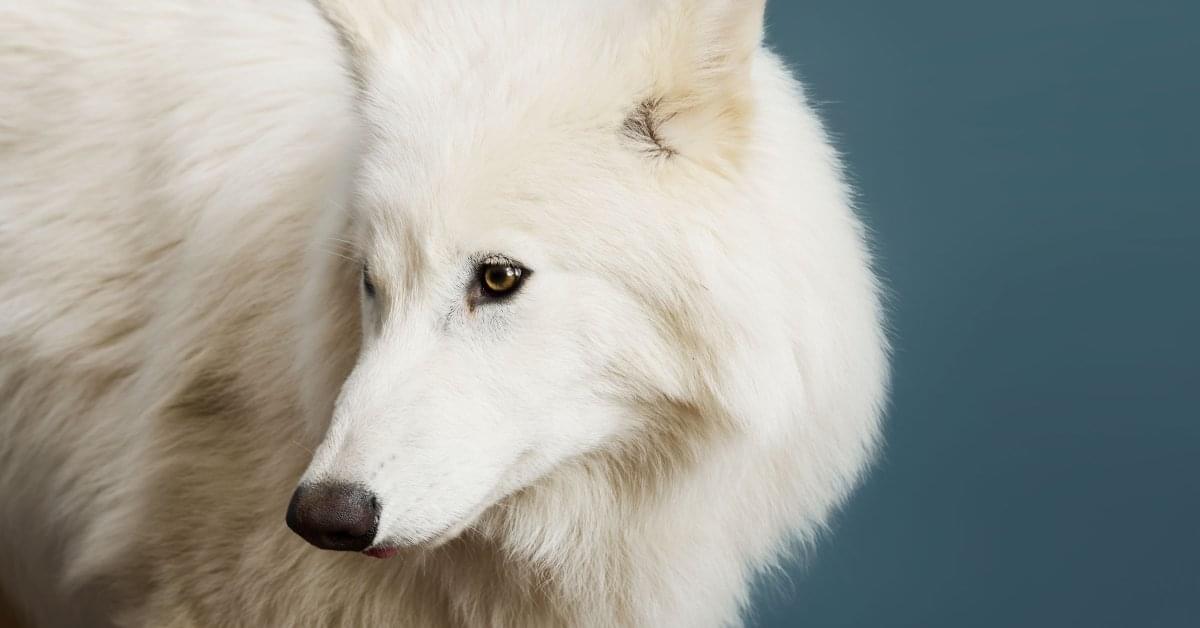

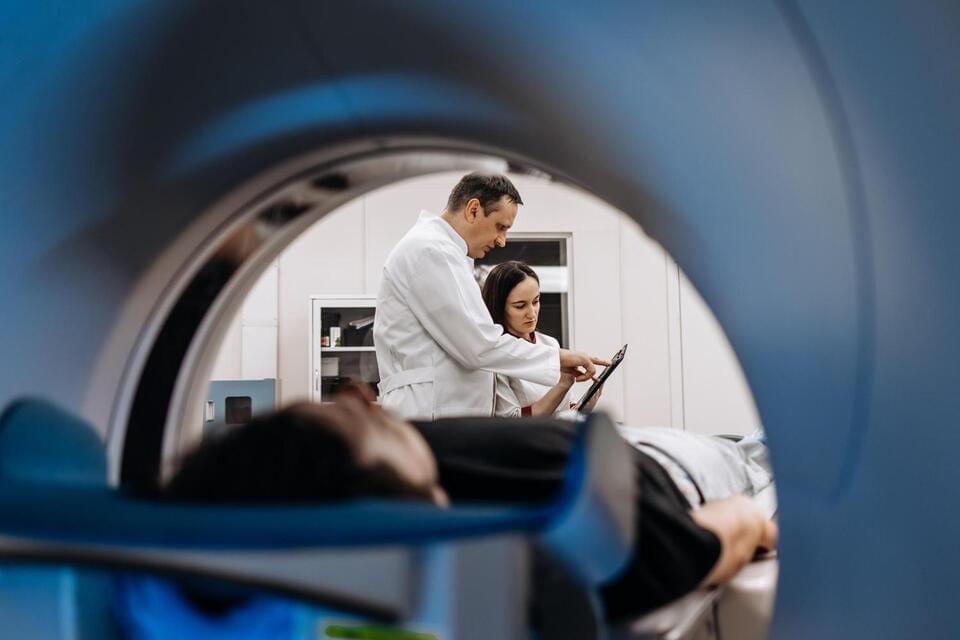
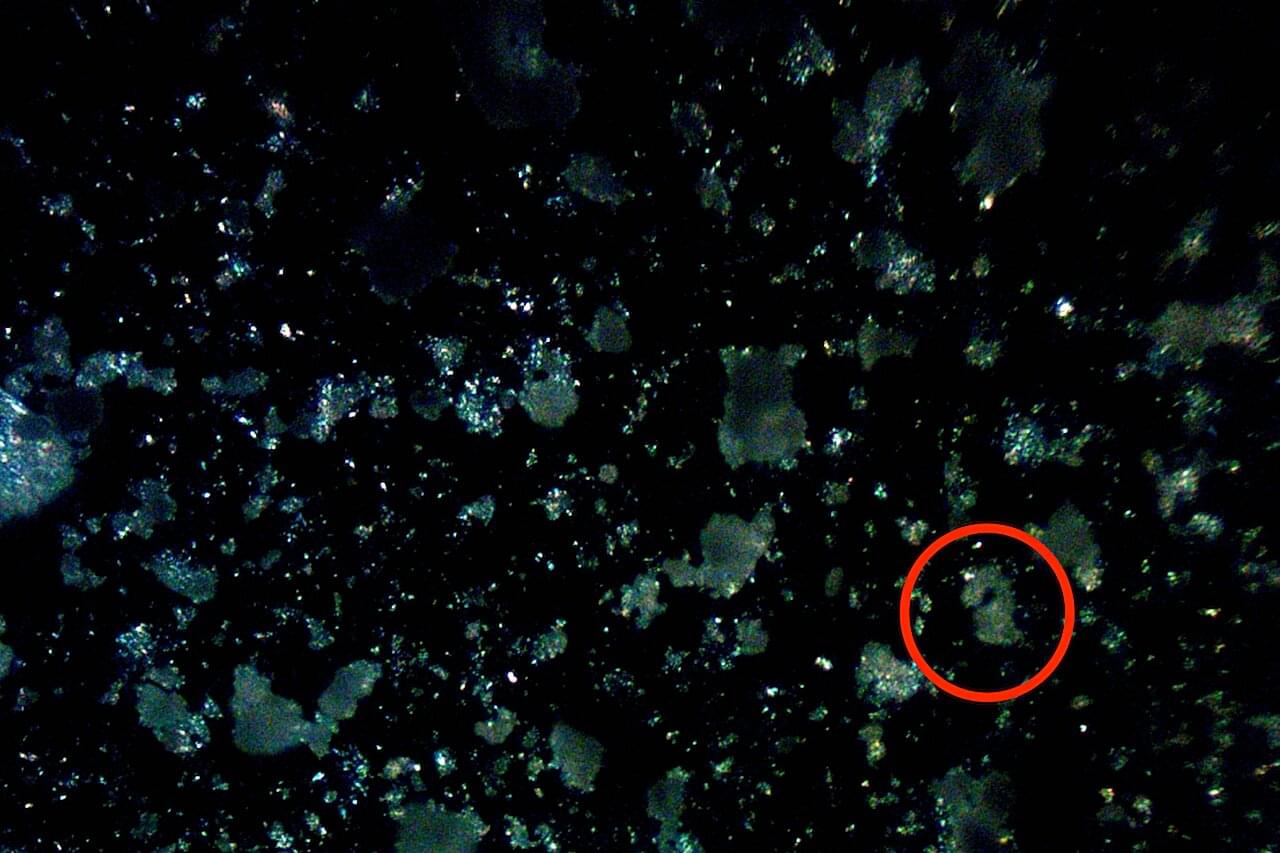
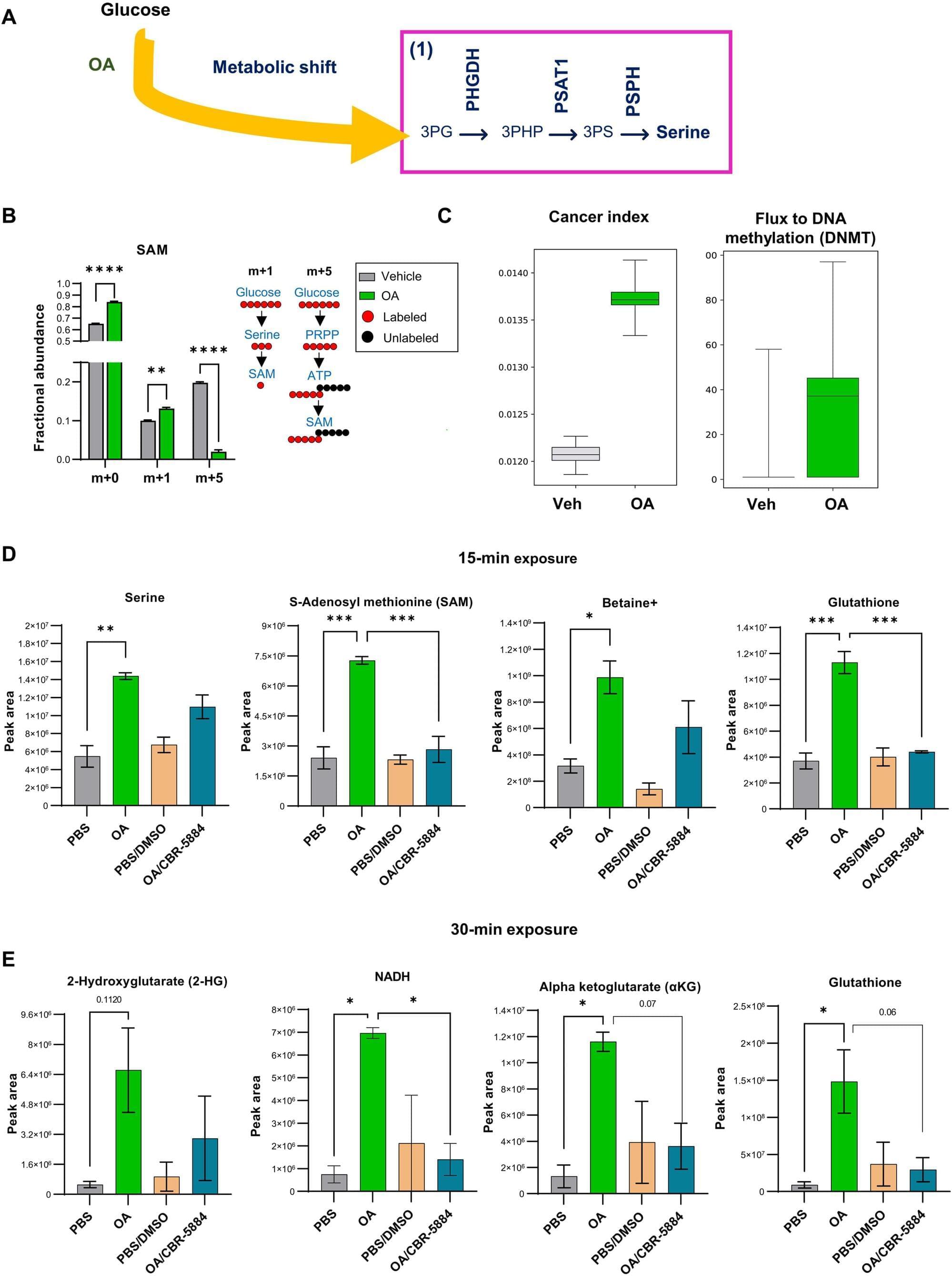
Northwestern Medicine investigators have discovered previously unknown metabolic changes that may contribute to the development of estrogen receptor–negative (ERneg) breast cancer, according to recent findings published in Science Advances.
The study, led by Susan Clare, ‘90 MD, ‘88 Ph.D., research associate professor of Surgery, and Seema Khan, MD, the Bluhm Family Professor of Cancer, has the potential to inform new targeted preventives and therapeutics for patients who currently have limited treatment options.
Mariana Bustamante Eduardo, Ph.D., a postdoctoral fellow in the Khan/Clare laboratory, was lead author of the study.
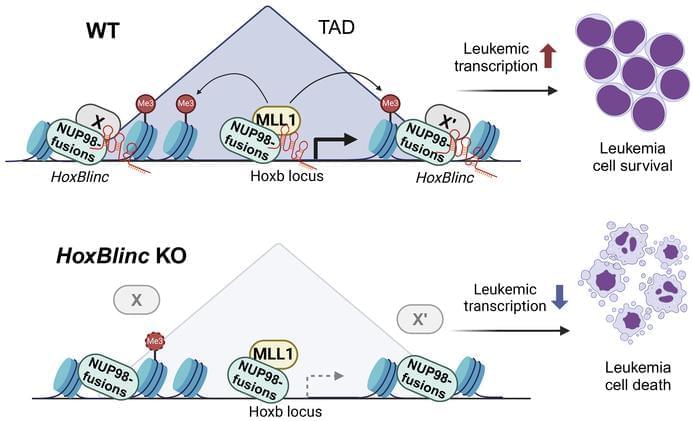
Suming Huang & team show the HoxBlin c long non-coding RNA serves as an oncogenic regulator that controls 3D nuclear organization, chromatin accessibility and gene transcription related to leukemogenesis.
The figure shows H&E staining of sternum and spleen from WT and B-ALL HoxBlin c Tg mice.
1Division of Pediatric Hematology/Oncology, Department of Pediatrics, Pennsylvania State University College of Medicine, Hershey, Pennsylvania, USA.
2Department of Molecular Medicine, University of Texas Health Science Center at San Antonio, San Antonio, Texas, USA.
3Genetics Branch, Center for Cancer Research, National Cancer Institute (NCI), NIH, Bethesda, Maryland, USA.

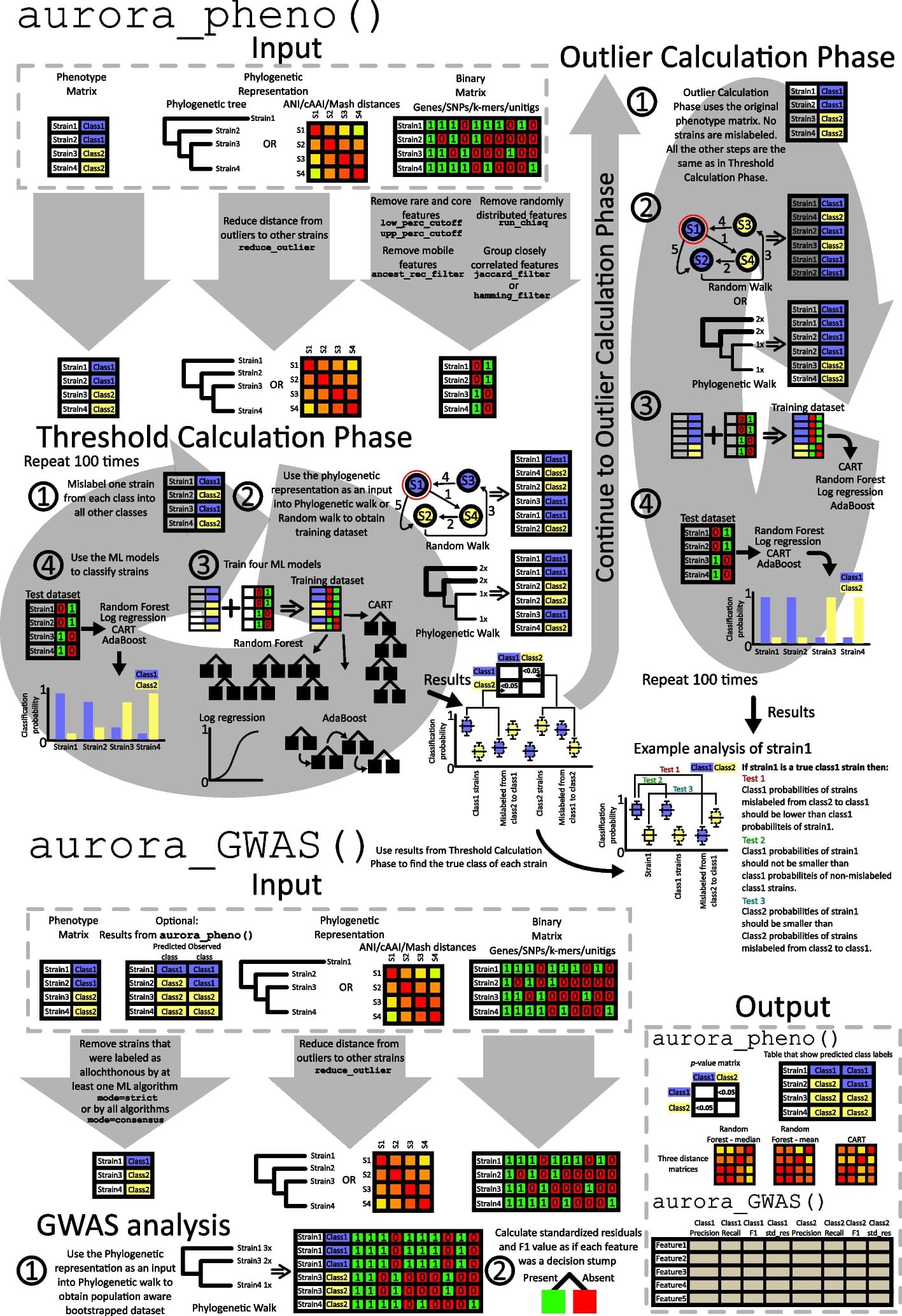
A primary goal of microbial genome-wide association studies is identifying genomic variants associated with a particular habitat. Existing tools fail to identify known causal variants if the analyzed trait shaped the phylogeny. Furthermore, due to inclusion of allochthonous strains or metadata errors, the stated sources of strains in public databases are often incorrect, and strains may not be adapted to the habitat from which they were isolated. We describe a new tool, aurora, that identifies autochthonous strains and the genes associated with habitats while acknowledging the potential role of the habitat adaptation trait in shaping phylogeny.
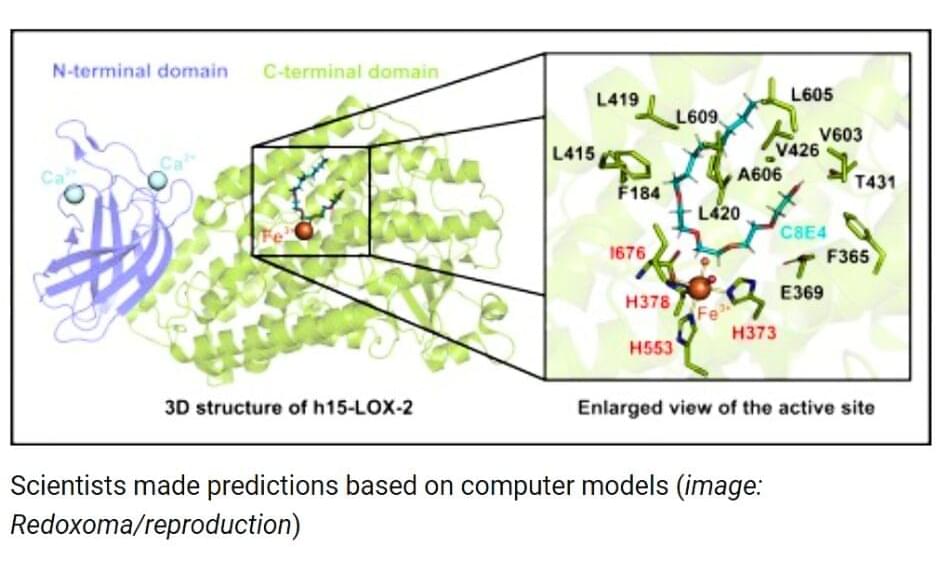
Using computational tools and virtual screening, researchers at the Center for Redox Processes in Biomedicine (Redoxoma) have identified new inhibitors of the enzyme human 15-lipoxygenase-2 (h15-LOX-2). This protein plays an important role in inflammatory and metabolic processes and contributes to cellular homeostasis.
The discovery, described in the Journal of Medicinal Chemistry, could open up new avenues for investigating the biological and pathological functions of the enzyme and provide promising candidates for the development of new drugs.
“Although h15-LOX-2 is a potential biological target, it’s scarcely been explored for this purpose. Our work contributes to new inhibitors that have structural diversity among themselves and with respect to inhibitors already described in the literature. What’s more, they have similar drug properties according to predictions based on computational models,” says Lucas Gasparello Viviani, first author of the article.

